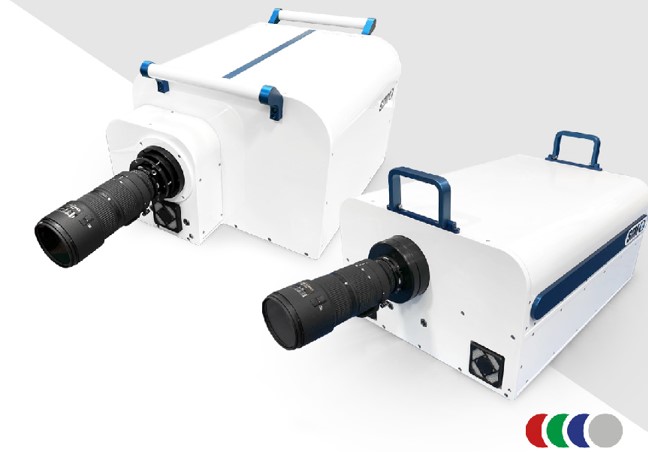Members Login

Channels
Special Offers & Promotions
Advancing energetic materials research using high-speed hyperspectral imaging

Specialised Imaging has introduced a new version of its market-leading SIM family of ultra high-speed framing camera that makes hyperspectral imaging simpler with the option of user interchangeable filters.
Though hyperspectral imaging was possible on previous models, the new SIM design was driven by requests from the field of energetic materials research which required a camera with simple and fast exchange of filters in all its operating channels. Hot spots formed when microstructures in some energetic materials experience shock play a critical role in both safety and performance aspects. To generate a kinetic model to describe reaction growth it is important to know both the time-dependent size and temperature of hot spots created when shocked.
The use of filters in ultra high-speed multichannel framing cameras allow researchers to obtain spectral, spatial and temporal information in parallel enabling comparison of different energetic materials by focusing on their different spectral signatures. The nature of detonating materials requires an ultra-fast, light sensitive camera that can respond across a broad range of wavelength to provide a flexible solution for this and other energetic applications.
Designed to capture high resolution images without creating shading or parallax, at up to 1 billion frames per second – the Specialised Imaging SIM-X and SIM-D represent the state-of-the-art in ultra high-speed framing cameras. The new version of the SIM 8 channel camera allows users to simply interchange filters on all its eight channels. For hyperspectral imaging experiments the SIM-X camera captures one high resolution image per channel, offering the potential to capture 8 mono/filtered images and for example two monochrome and two full colour images using red, green and blue filters. By comparison, the SIM-D camera captures two images on each of its eight channels, offering the capacity to capture 16 mono/filtered images, or four mono and four full colour images.
Simultaneous hyperspectral imaging of hotspots using both long-pass and short-pass filters to generate heat maps of a shocked sample is demonstrated in the paper ‘Hyperspectral Imaging for Temperature Measurements of Hot Spots in Shocked Plastic-Bonded Explosives’.
Media Partners


